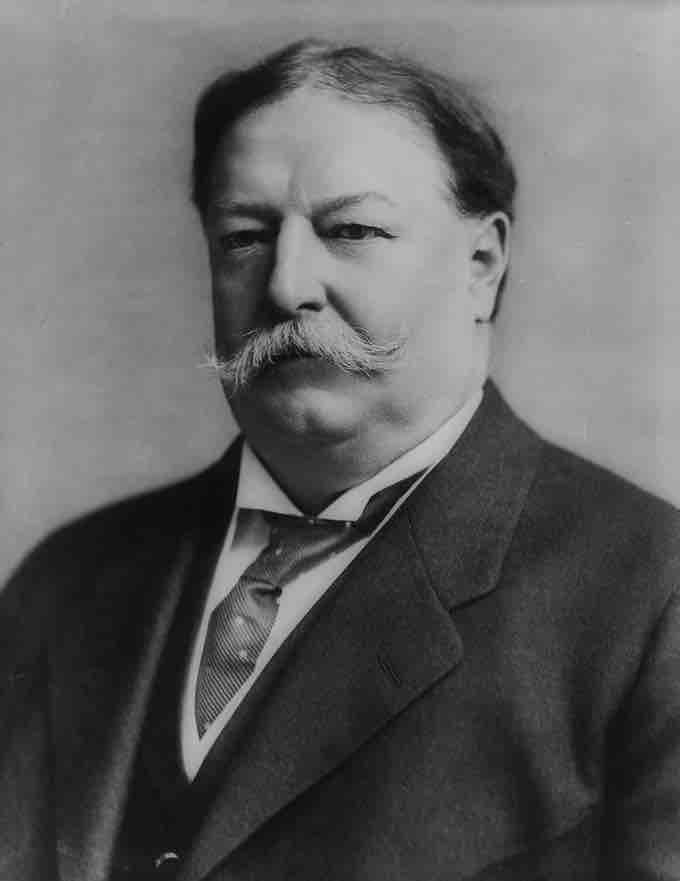The Presidential Election of 1908
The U.S. presidential election of 1908 was between Republican Party candidate William Howard Taft and Democratic nominee William Jennings Bryan. Popular incumbent, Theodore Roosevelt, promising not to seek a third term, persuaded the Republican Party to nominate Taft, his close friend and secretary of war, to become his successor. On their side, the Democrats, after badly losing the 1904 election with a conservative candidate, turned to two-time nominee William Jennings Bryan, who had been defeated in 1896 and 1900 by Republican William McKinley. Despite these two previous defeats, Bryan remained extremely popular among the more liberal and Populist elements of the Democratic Party. However, despite running a vigorous campaign against the nation's business elite, Bryan suffered the worst loss in his three presidential campaigns, and Taft won by a comfortable margin.

William Jennings Bryan
Portrait of William Jennings Bryan, the Democratic Party candidate in the presidential election of 1908.

William Howard Taft
Portrait of William Howard Taft, the Republican Party candidate in the presidential election of 1908.
Bryan campaigned on a Progressive platform attacking "government by privilege." His campaign slogan, "Shall the People Rule?", was featured on numerous posters and campaign memorabilia. However, Taft undercut Bryan's liberal support by accepting some of his reformist ideas, and Roosevelt's Progressive policies blurred the distinctions between the two parties. Republicans used the slogan: "Vote for Taft now, you can vote for Bryan anytime," a sarcastic reference to Bryan's two failed previous presidential campaigns. Businessmen continued to support the Republican Party, and Bryan failed to fully secure the support of labor. As a result, Bryan ended up with the worst of his three defeats in the national popular vote, losing almost all of the northern states to Taft and the popular vote by eight percentage points.
Results
Forty-six states participated in the election, as Oklahoma had joined the Union less than a year before, and Bryan won 48 counties there. The northern states went Republican, as did contiguous territory in Kansas. The most important increase in number of counties carried by Bryan was in the west south central section, due in part to the vote of newly admitted Oklahoma. Bryan carried more counties than he had in 1900, but he did not reach or surpass the number of counties he had won in 1896. Compared with his strength in previous elections, Bryan carried 69 counties in 1908 that had not been Democratic in either 1896 or 1900.
The total vote increased by more than a million compared to the vote of 1904. Each party shared in the increase, but whereas Taft had nearly 50,000 more votes than Theodore Roosevelt, Bryan had nearly 1,500,000 more votes than Alton Parker, and more votes than he had garnered in either of his previous campaigns.

Electoral College results, 1908
This map showing the 1908 presidential election results uses blue to denote states won by Bryan/Kern, and red to denote those won by Taft/Sherman. The number of electoral votes are shown in each state. Bryan won all of the southern states, Texas, Nebraska, Colorado, and Nevada, while Taft won the rest of the Midwest, the Pacific states, and all of the northern states.